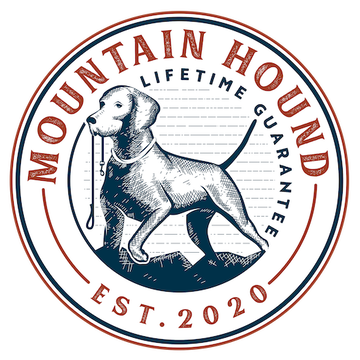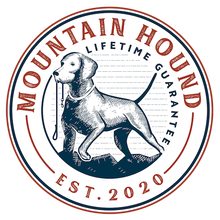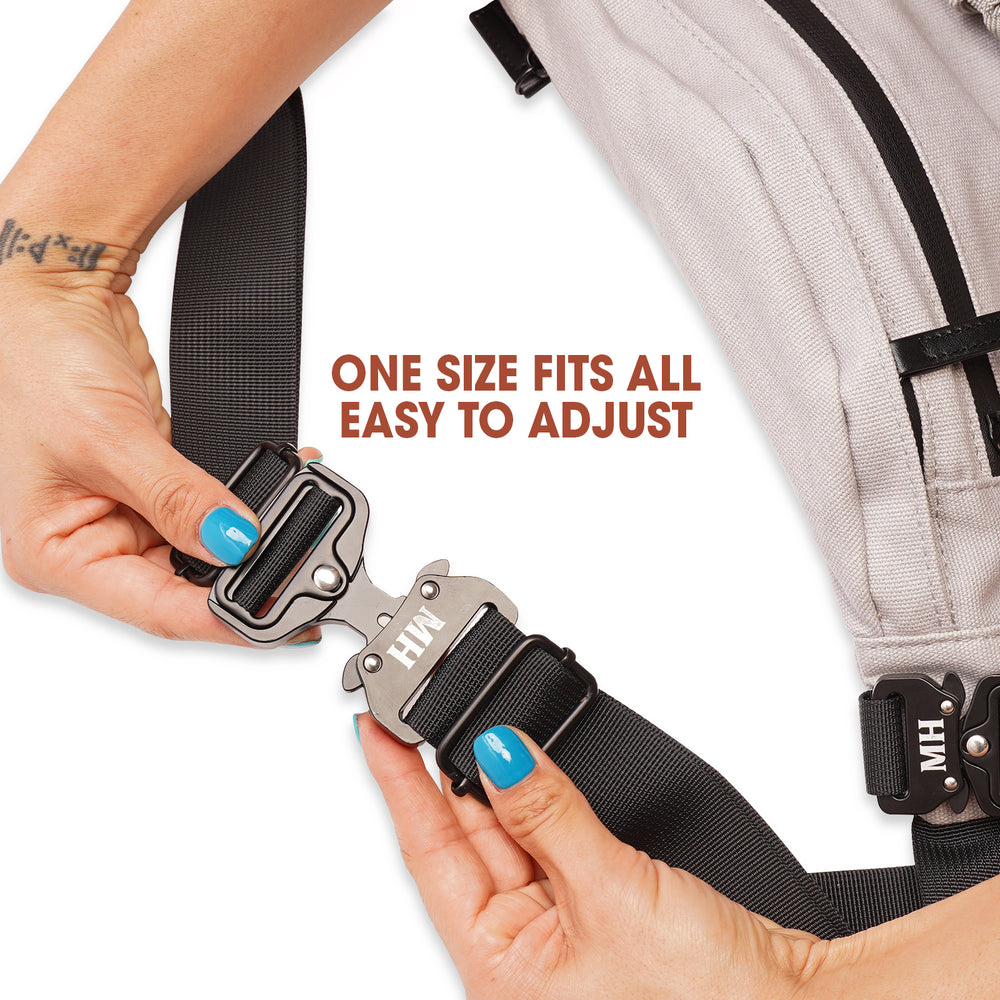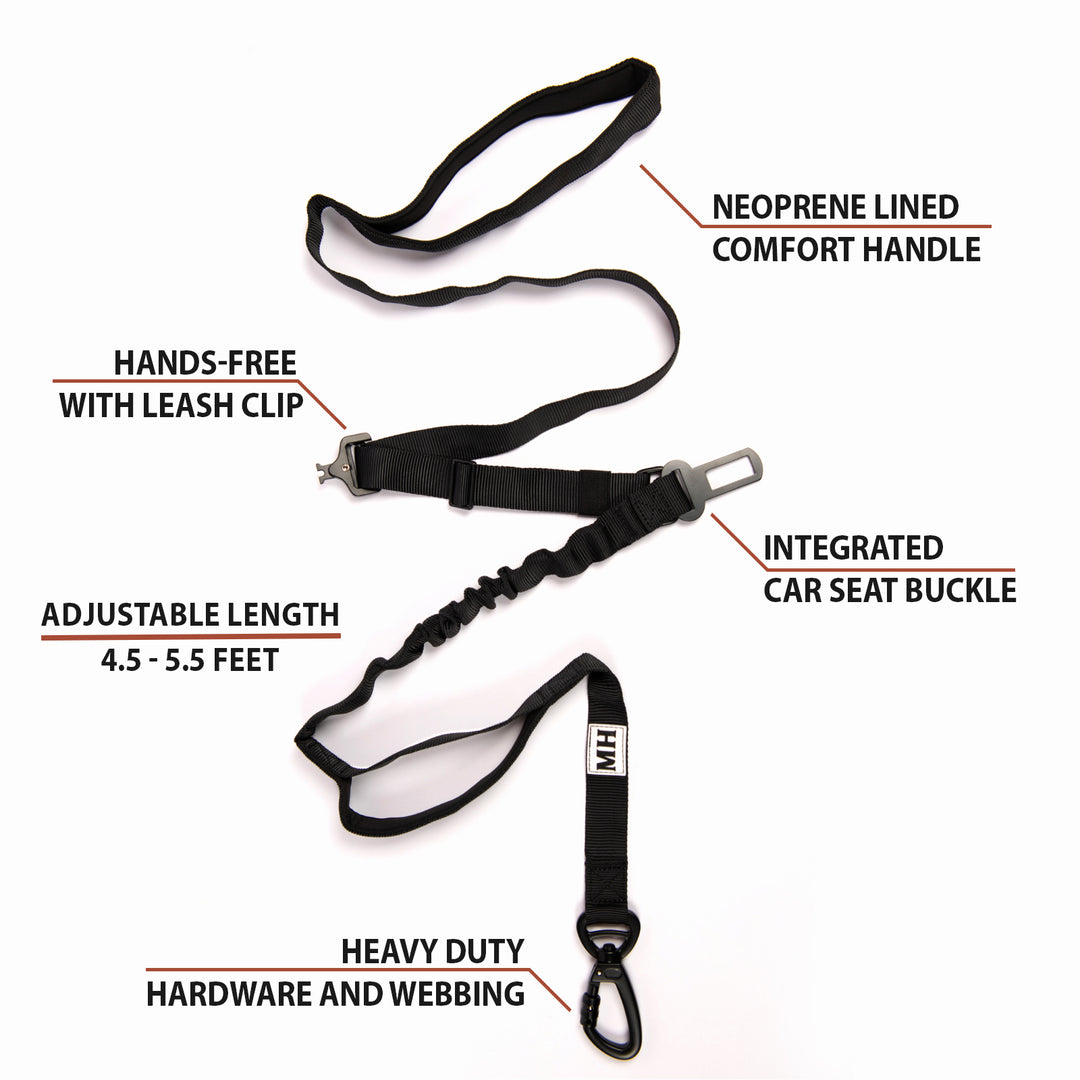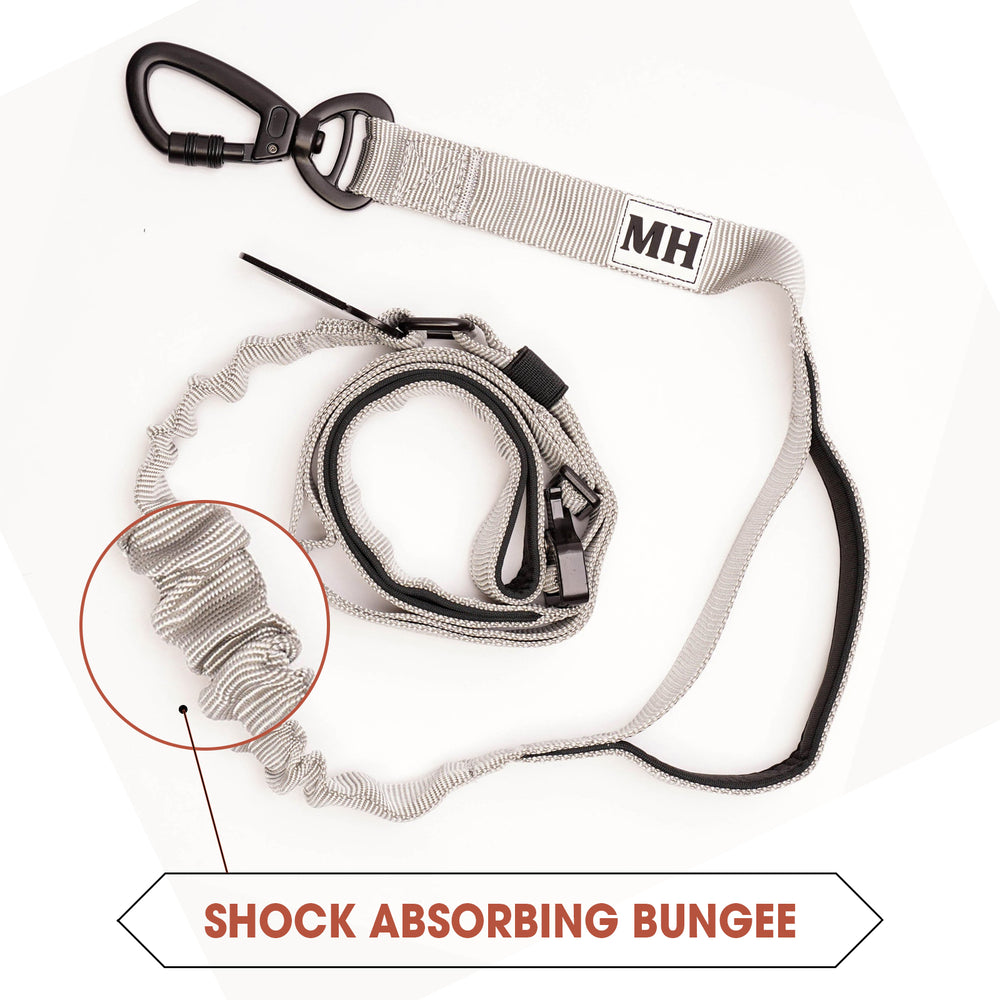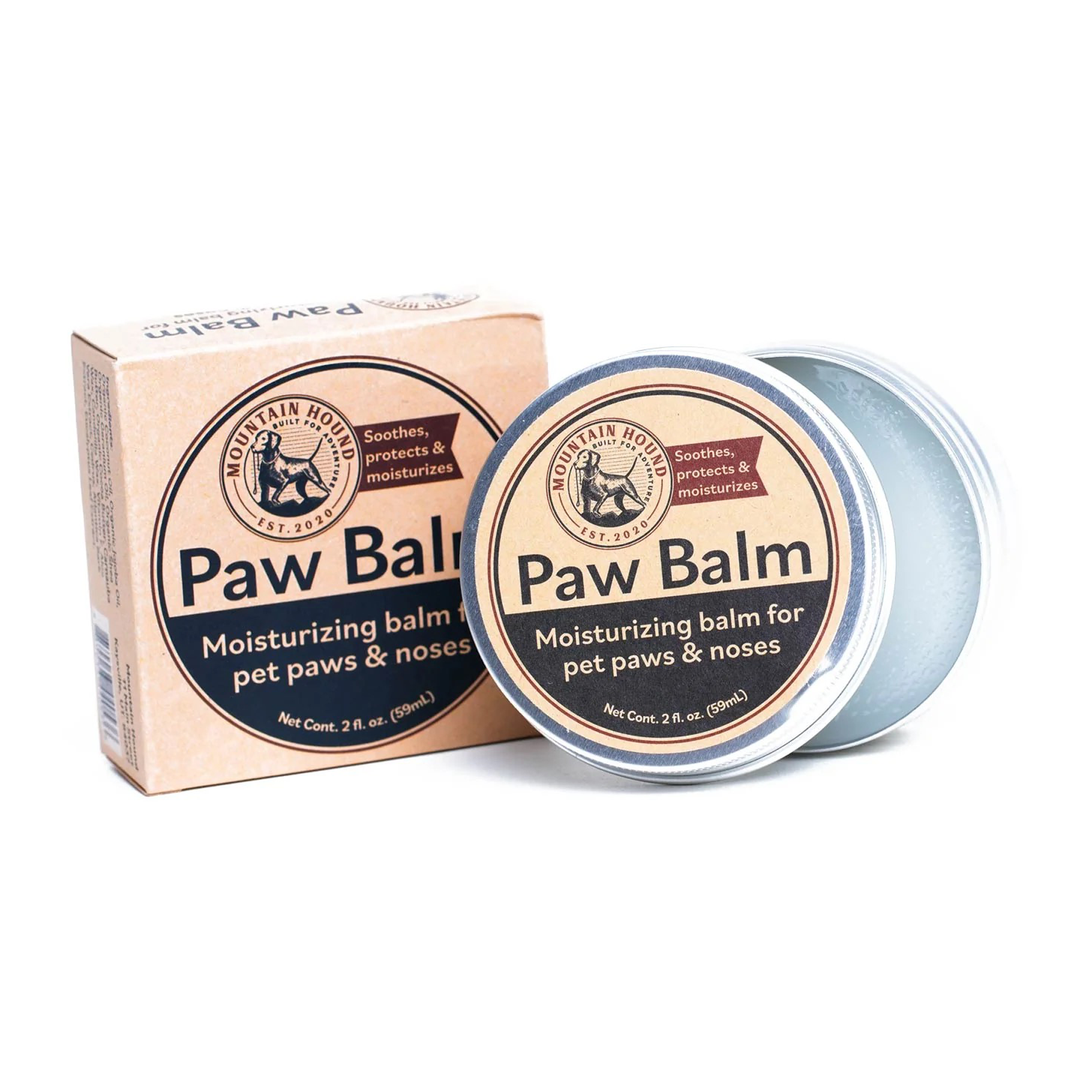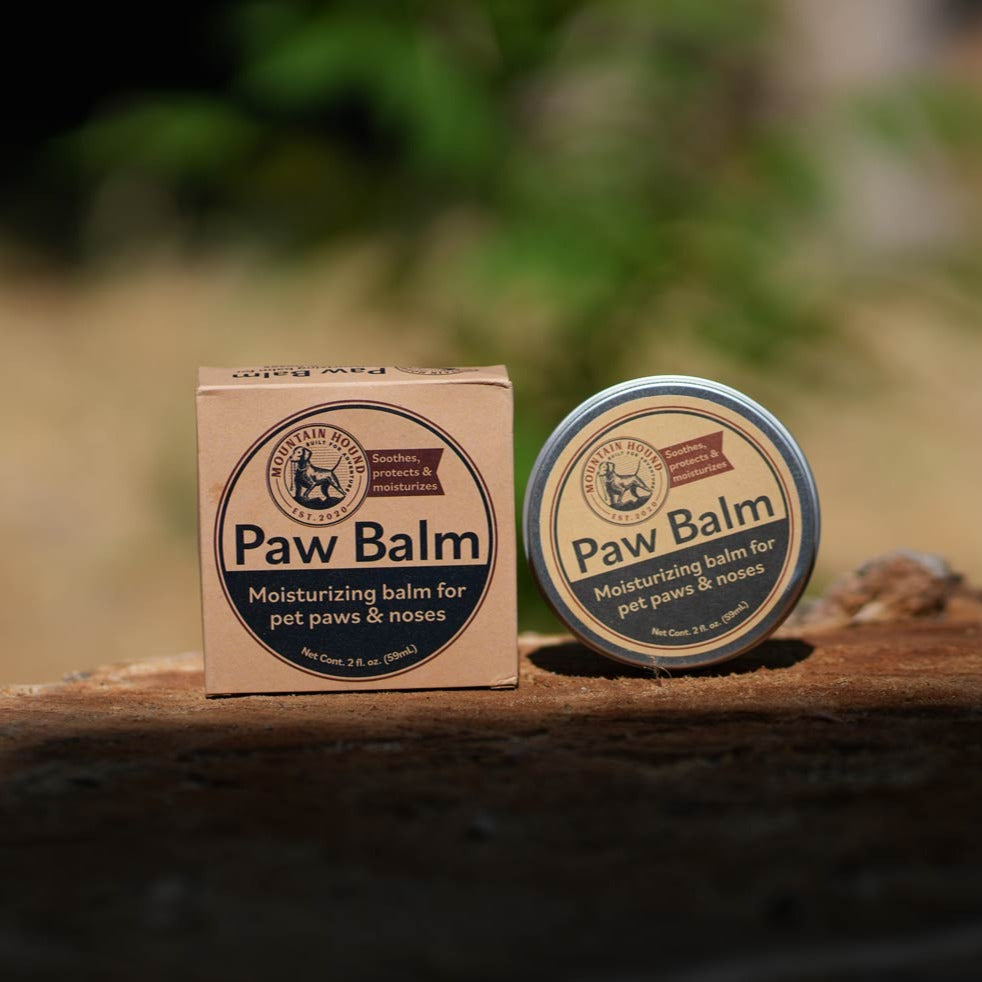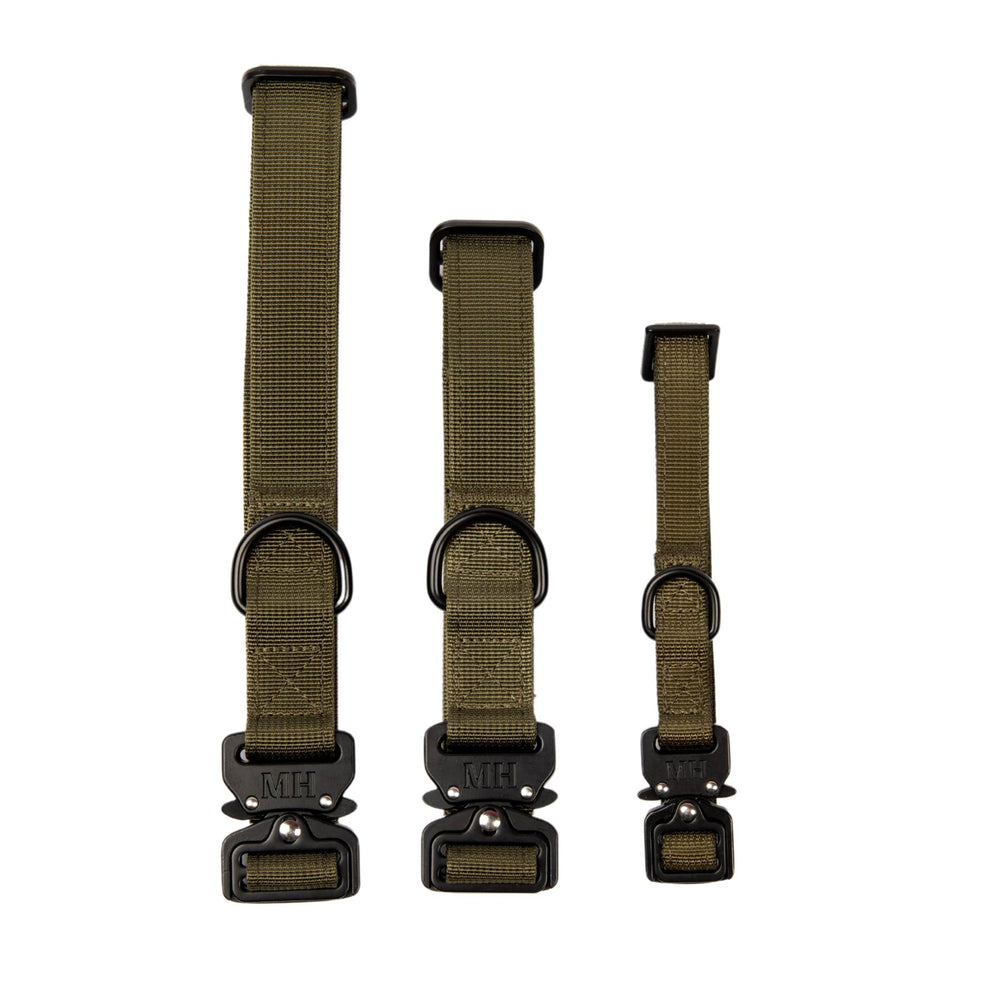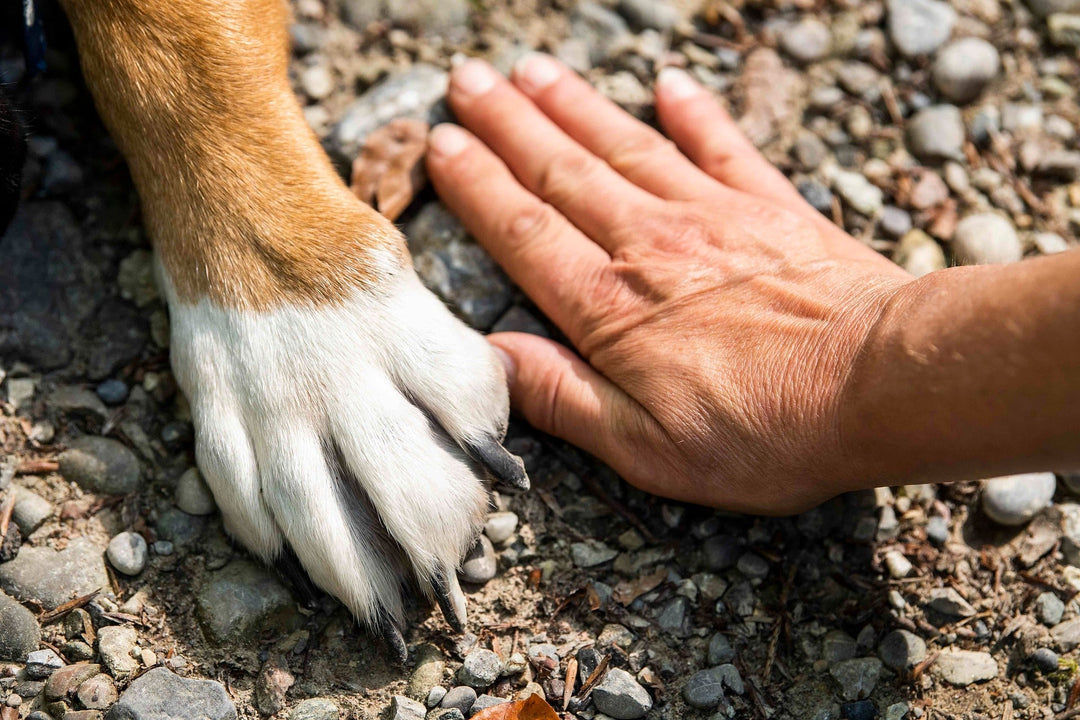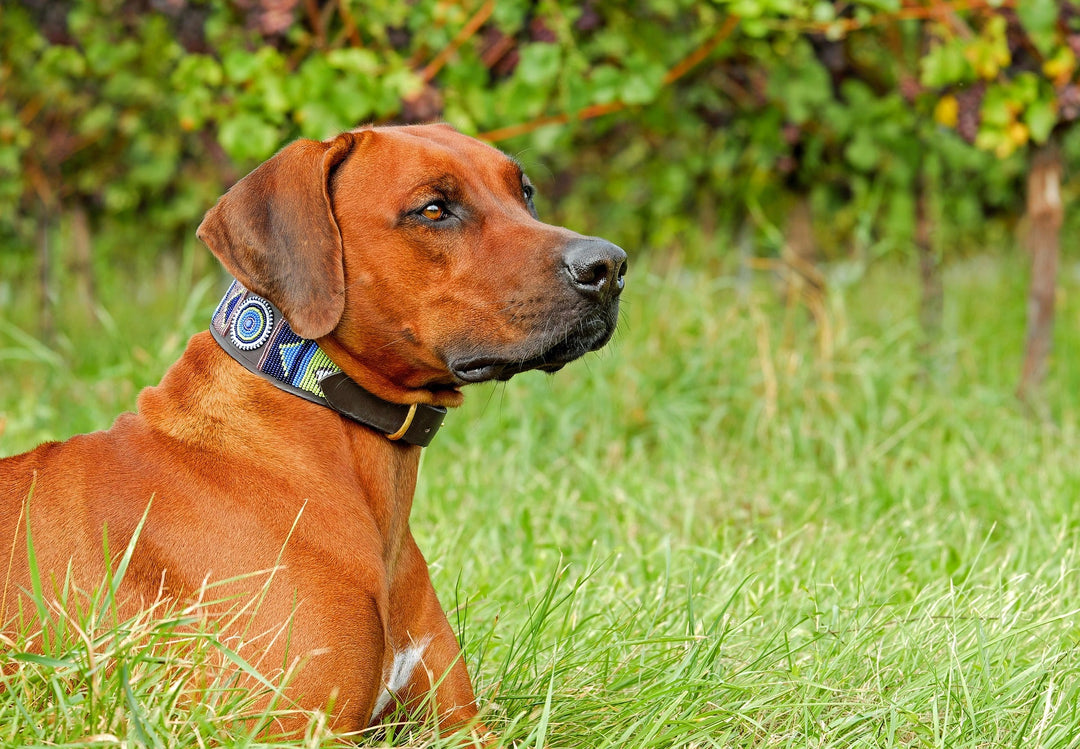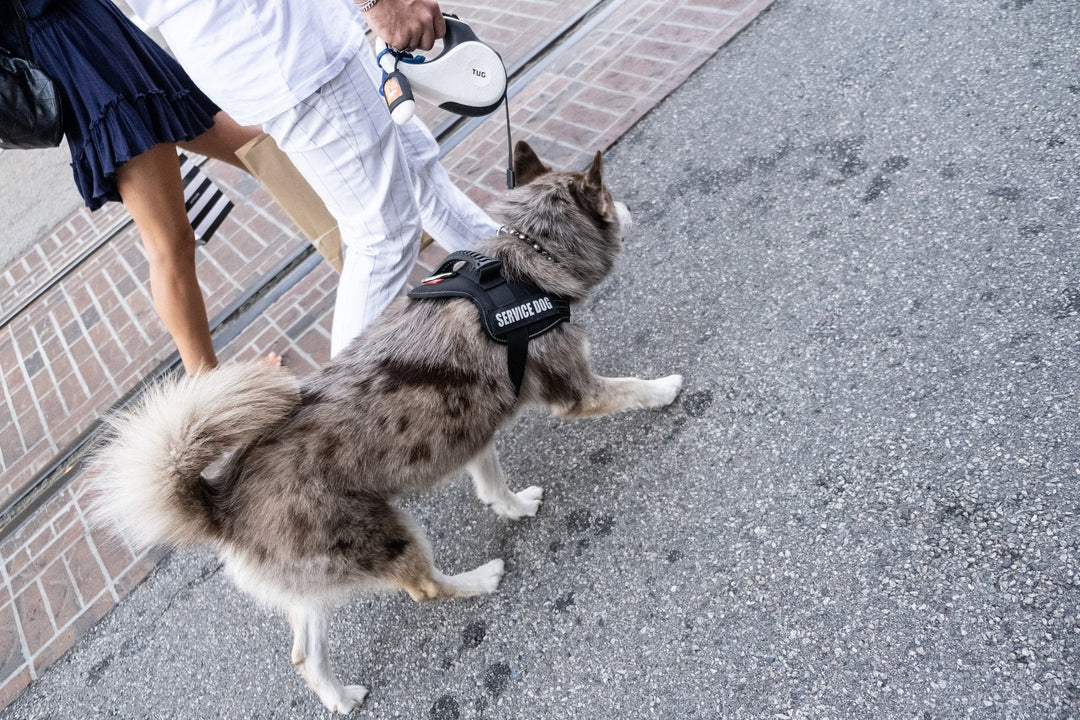A Pet Parent’s Responsibilities Regarding Dangerous Dog Laws
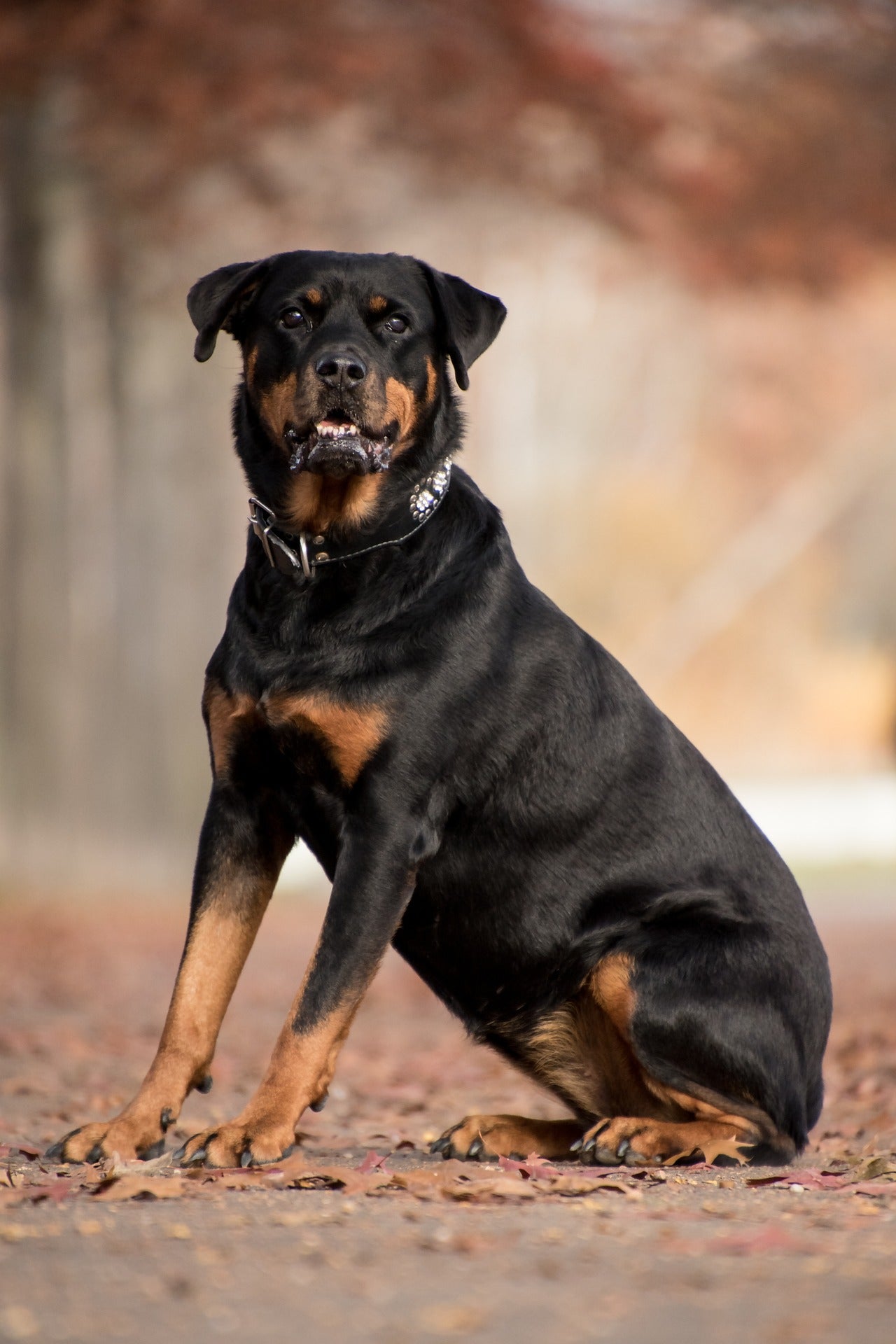
Dangerous dogs can present a safety risk to both humans and other animals. As a responsible pet parent, your duties extend beyond providing treats and cuddles of your furry friend. Understanding and adhering to dangerous dog laws is vital to responsible dog ownership. In today’s Mountain Hound blog post, we'll explore which dogs are considered dangerous, key aspects of dangerous dog laws, and how you can responsibly navigate dangerous dog laws to ensure the safety of your beloved companion, yourself, and the community.
Which Dogs Are Considered Dangerous?
A dog from any breed or mix of breeds has the potential for aggression. However, certain breeds are usually subject to stricter regulations based on their perceived potential for harm or historical tendencies. Some common examples include:
- Pit Bull Terriers
- Rottweilers
- German Shepherds
- Akitas
Such breeds are often labeled as potentially dangerous due to their size, strength, and past incidents. Breed-specific legislation (BSL) or dangerous dog laws that restrict or ban ownership of certain dogs based on such characteristics have been a source of extensive debate, with most experts advocating for a focus on individual dog behavior rather than breed or appearance.
As a responsible pet parent, it’s important to understand that any dog, no matter the breed, can become aggressive if not properly socialized, trained, and cared for.
Understanding Dangerous Dog Laws
Many jurisdictions require owners of dangerous dogs to take specific steps to protect their community from possible harm. Some common legal measures include:
- Restraint and Leash Requirements: Some regions require dangerous dogs to be muzzled or leashed in public areas to prevent potential incidents.
- Licensing and Registration: Some jurisdictions require owners of aggressive dogs to register with the local municipality and animal control organization or obtain special permits or licenses that usually involve stringent requirements like liability insurance.
- Confinement Rules: Pet owners may also be required to keep dangerous dogs in secure enclosures with specified materials and dimensions to prevent escape.
- Behavior Assessments: Some laws require behavior assessments to evaluate the dog’s temperament and determine whether it threatens public safety.
- Penalties and Fines: Consequences of violating dangerous dog laws can include fines, penalties, mandatory training, or euthanasia in extreme cases.
How to Navigate Dangerous Dog Laws Responsibly
Educate Yourself
Your main responsibility as a pet parent is to educate yourself on the dangerous dog laws in your jurisdiction. The laws can vary between regions, and they’re always subject to change, so familiarizing yourself with the legal landscape is an ongoing responsibility to keep you and your dog compliant.
Check with your local government and animal welfare organizations or attend workshops and join local pet owner groups to stay up-to-date with developments in regulations.
Prioritize Training and Socialization
Proper socialization and training benefit all dogs, regardless of their potential danger level. You’re responsible for ensuring your dog gets positive and controlled social interactions with other dogs, people, and animals to ensure they don’t become a danger to others.
Equip your dog with essential behavioral cues and commands through professional dog training to promote safe and harmonious interactions and ensure they behave appropriately. Plenty of exercises can also ensure dangerous dogs burn off extra energy that can be channeled into aggression. Regular jogs, walks, or trips to dog parks can keep your furry companion happy and healthy.
Invest in Restraints and Secure Enclosures
If you’re a pet parent to aggressive dogs or a dangerous breed, you can use restraints and secure enclosures to ensure their safety and that of others. You’re responsible for investing in leashes, suitable fencing, or muzzles to minimize risks and prevent your dog from escaping and potentially harming others.
Monitor Behavior and Seek Professional Help
As a responsible pet parent, you must stay vigilant about your dog’s behavior and seek professional help if necessary. If you see any signs of aggression, anxiety, or fear, consult a qualified animal behaviorist or veterinarian to ensure issues are addressed promptly to prevent escalation and provide a safe environment for everyone.
Final Thoughts
Understanding your area’s dangerous dog laws and regulations is part of your role as a responsible pet parent. Ensure you educate yourself about the requirements for aggressive dogs, prioritize socialization, training, and exercise, and take proactive steps to guarantee the safety of your dog and those around you.
Image by Rebecca Scholz from Pixabay
